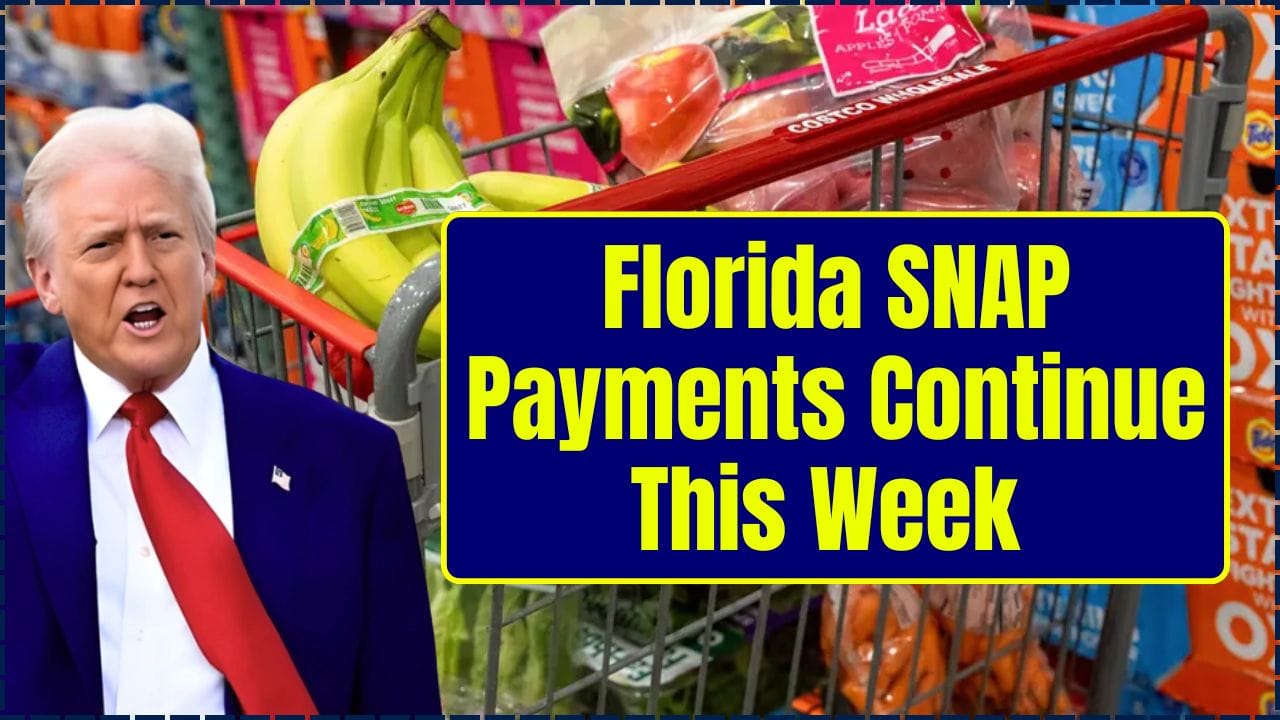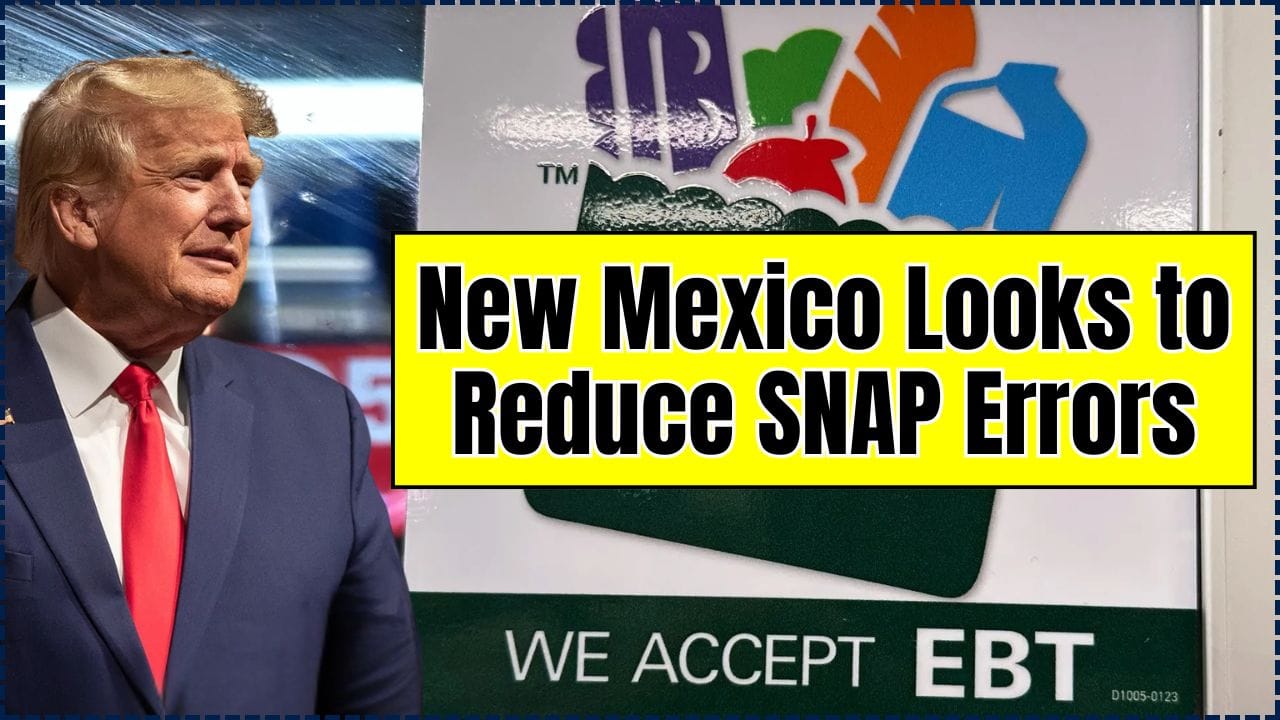The Knight-Hennessy Scholarship 2026 application is now open, marking the start of a journey for the next generation of global leaders. If you’re dreaming of pursuing a graduate degree at Stanford University, supported by a world-class leadership program, this guide is for you. We know the process can feel daunting, but it’s also an incredible opportunity for self-reflection and growth. We’ll walk you through every step, from understanding the core values to polishing your final essay, giving you the clarity and confidence to submit an application that truly represents you.
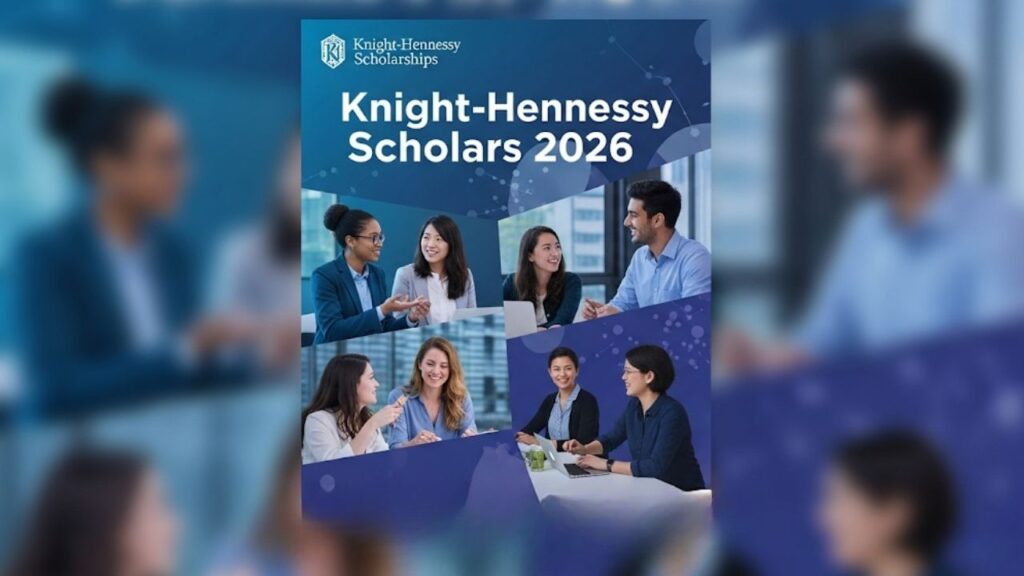
Knight-Hennessy Scholarship 2026
| Key Fact | Detail |
| Full Funding | Covers tuition, a stipend for living expenses, and a travel stipend. Knight-Hennessy Scholars |
| Eligibility Window | Must have received your bachelor’s degree in January 2019 or later to apply for the 2026 cohort. |
| Application Deadline | The application is typically due in early October. |
| Dual Application | You must apply separately to your Stanford graduate program and the KHS program. Knight-Hennessy Scholars Admission Overview |
What is the Knight-Hennessy Scholarship? More Than Just Funding
First, let’s be clear: Knight-Hennessy Scholars (KHS) is not just a scholarship. While it is a premier fully funded scholarship USA opportunity, its heart lies in building a multidisciplinary community of future leaders. It’s about equipping you with the tools, mindset, and network to tackle the complex challenges facing the world.
Yes, the scholarship covers the full cost of your graduate education at Stanford, from an MBA to a PhD in Philosophy. But the true value is the King Global Leadership Program (KGLP). This is the signature leadership development experience for scholars, offering workshops, lectures from global figures, and hands-on projects designed to expand your worldview and leadership capacity. You aren’t just a student in a specific department; you’re part of a dynamic, collaborative cohort.
Are You Eligible for the Knight-Hennessy Scholarship 2026?
Before you dive deep into the application, let’s confirm you meet the fundamental requirements. The criteria are straightforward and designed to attract a diverse pool of candidates.
Academic Requirement: Your Stanford Graduate Program
The first rule of KHS is that you must be applying to, or have been accepted to, a full-time Stanford graduate program. This can be any graduate degree at Stanford—J.D., M.A., MBA, M.D., M.S., or Ph.D. You must meet the entry requirements for your chosen department in addition to the KHS requirements. The two application processes are separate but simultaneous.
Graduation Timeline: Who Can Apply?
KHS is for students who are early in their professional journey. To apply for the cohort starting in Fall 2026, you must have earned your U.S. bachelor’s degree or its equivalent between January 2019 and September 2026. This five-year window is firm. If you are still in college and on track to graduate, you are welcome to apply as long as you will have your degree before you enroll as a graduate student.
Citizenship and Background
There are no restrictions based on citizenship, age, field of study, or career aspiration. In fact, diversity is a cornerstone of the program. Whether you’re an artist from Argentina, an engineer from Egypt, or a sociologist from the United States, you are encouraged to apply.
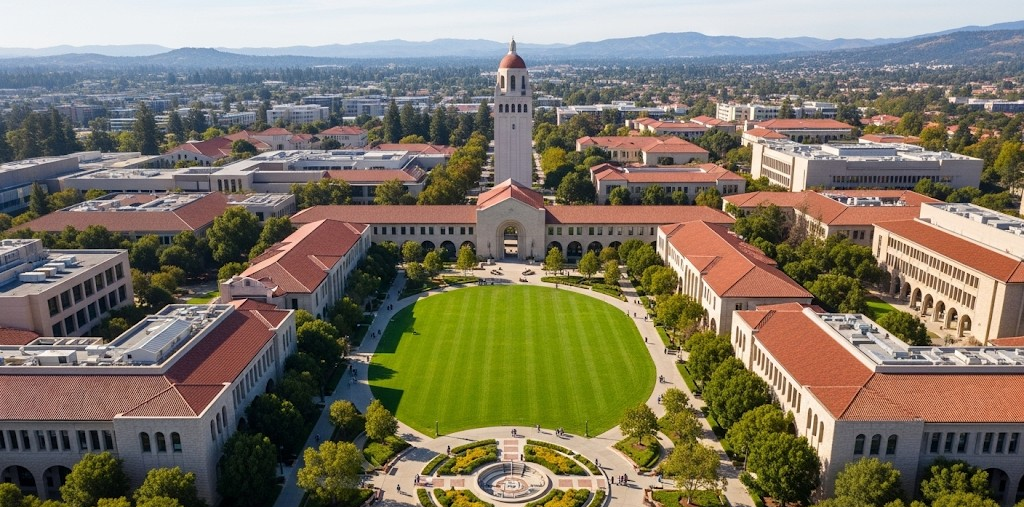
Decoding the Application: A Step-by-Step Breakdown
The Knight-Hennessy Scholars application is designed to give the selection committee a holistic view of who you are. It’s more than just grades and test scores; it’s about your story, your potential, and your character.
1. The Online Application, Transcripts, and Resume
This is the foundational part of your application. You’ll provide your background information, upload unofficial transcripts from every college and university you’ve attended, and submit a one-page resume. Keep your resume concise and focused on impact, not just responsibilities.
2. Standardized Test Scores
You must submit any test scores required by your specific graduate degree program (like the GRE, GMAT, LSAT, or MCAT). KHS does not have a separate test score requirement, but your scores will be seen by the committee. Don’t stress over achieving a “perfect” score; it’s just one data point among many.
3. The Essays: Telling Your Authentic Story
The essays are your chance to speak directly to the selection committee. There are typically two main prompts:
- Connecting the dots: How have your life experiences shaped who you are today?
- Future aspirations: How will your Stanford education and the KHS experience help you achieve your goals?
In my experience advising students, the biggest mistake is trying to sound like what you think a scholar should sound like. The committee wants to hear your voice. Be vulnerable, be specific, and connect your past experiences to your future vision with sincerity.
4. Short Answers & The Video Statement
Beyond the main essays, you’ll answer a few short-answer questions. These often explore your inspirations and how you would contribute to the community.
The video statement is a unique element. You’ll record a short video (usually under two minutes) responding to a prompt. This is not a high-production-value test. Set up your phone or laptop in a quiet room and speak from the heart. The goal is to let your personality shine through in a way that text cannot capture.
5. Letters of Recommendation
You will need two letters of recommendation. Choose recommenders who know you well and can speak to the specific qualities KHS looks for. One letter should ideally come from an academic mentor, while the other can be from a professional or extracurricular supervisor. Give them plenty of notice, provide them with your essays and resume, and specifically discuss the KHS criteria with them so they can tailor their letters.
The Three Pillars: What Knight-Hennessy Scholars Look For
Your entire application should be framed around three core criteria. Understanding these pillars is key to a successful application.
- Independence of Thought: This is about your ability to think critically and creatively. They want to see that you can challenge assumptions, bring new perspectives to old problems, and have a genuine intellectual curiosity. Show them how you’ve questioned the status quo in your work, research, or personal life.
- Purposeful Leadership: Leadership isn’t about titles. It’s about action and impact. KHS looks for leaders who are driven by a clear sense of purpose, are ambitious for results, and are committed to inspiring others. You can demonstrate this through formal roles or informal initiatives where you took charge to make something better.
- Civic Mindset: This is the most crucial pillar. KHS seeks scholars who are personally committed to the greater good. They want to see humility, empathy, and a genuine desire to contribute to society. Your background should reflect a pattern of service and a commitment to making your community—local or global—a better place.
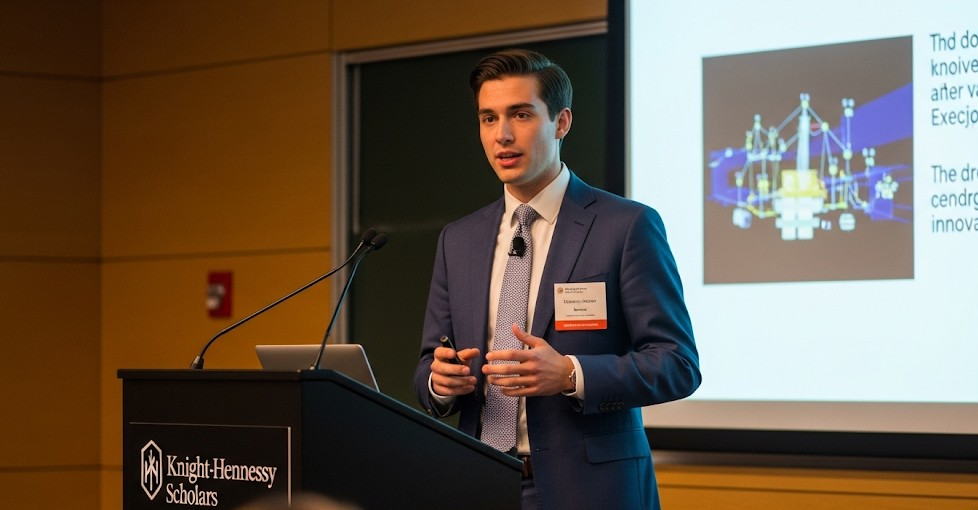
Crafting a Standout Application: Insider Tips for Success
As someone who has seen many successful applicants navigate this process, I’ve learned that a few key strategies make all the difference.
- Start Early, Reflect Deeply. This is not an application you can complete in a weekend. The questions require deep self-reflection. Give yourself months, not weeks. Journal about your experiences and what truly drives you before you even start writing.
- Authenticity is Your Superpower. Don’t write about a cause because it sounds impressive. Write about the issue that keeps you up at night. Your passion and authenticity will be far more compelling than any manufactured story.
- Weave a Cohesive Narrative. Your essays, resume, and letters of recommendation should all tell a consistent story. Make sure all pieces of your application connect to your core purpose and clearly demonstrate the three pillars of KHS.
The KHS Timeline: Key Dates for the 2026 Application
- June 2025: Application for the 2026 cohort opens.
- Early October 2025: Application deadline.
- January 2026: Finalists are invited to Immersion Weekend.
- February 2026: Immersion Weekend takes place (a mandatory part of the selection process).
- Mid-February 2026: Final admission decisions are released.
Your Journey Starts Now
Applying for the Knight-Hennessy Scholarship 2026 is a marathon, not a sprint. It demands introspection, diligence, and courage. But it is also one of the most rewarding application processes you will ever undertake, forcing you to articulate your purpose and vision for the future.
Every part of your life—your triumphs, your challenges, your questions—has prepared you for this moment. Trust your story, believe in your potential, and present your most authentic self. The world needs leaders like you, and this could be the first step on an incredible journey.
Fully Funded PhD Scholarships 2025 in Enzyme Design in Germany
FAQs
Q1:Can I apply if I’m already a graduate student at Stanford?
Yes. If you are a current first-year PhD student at Stanford, you are eligible to apply. If you are in a graduate program that is two years or longer, you can also apply in your first year of study to join KHS in your second year.
Q2:Do I need to be admitted to my Stanford graduate program before I can be a finalist?
No. The Knight-Hennessy Scholars program has its own selection process. However, to receive the scholarship, you must also be admitted to your chosen Stanford graduate program. Offers from KHS are contingent upon admission to your department.
Q3:What kind of leadership experience are they looking for?
KHS has a broad definition of leadership. It can be traditional leadership roles (like president of a club or manager at work), but it can also be demonstrated by taking initiative on a project, mentoring others, organizing a community event, or driving change in an unconventional way. The key is impact, not title.



